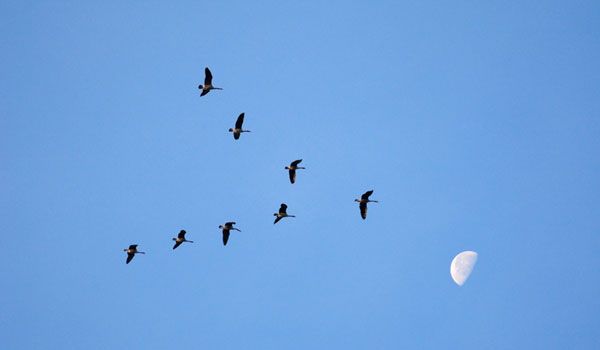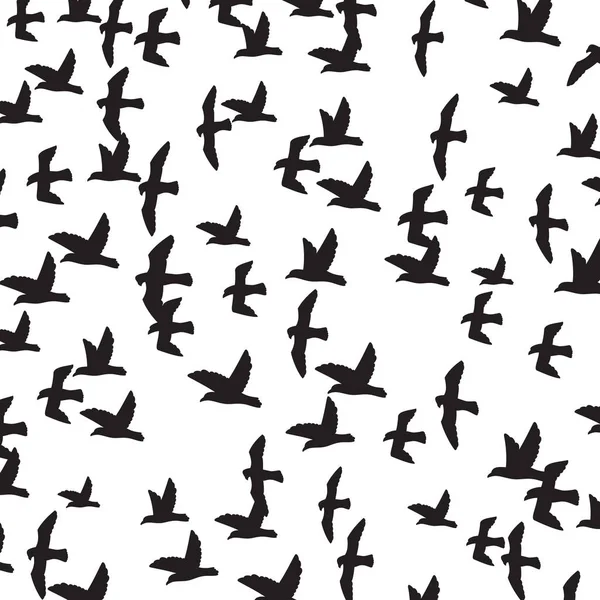
We examine the shape of schools and flocks with measures similar to those used in empirical studies.ġ.1. Computer models of energy saving in schools of fish must include the hydrodynamics of swimming by fish. Flocks in our model StarDisplay are sometimes made to remain above a sleeping site such as starlings at dawn above their sleeping site in Rome. They thus reach a certain angle to the horizontal plane, the so-called banking angle, such as real birds do. In order to fly along a curve, individuals avoid slipping by rolling into the direction of the turn. They follow simplified (fixed-wing) aerodynamics, i.e. In it, the behavioural rules of coordination (attraction, alignment and avoidance) are extended with a number of characteristics of birds : modelled individuals fly instead of swim. Models dealing with birds do not usually differ substantially from models of fish apart from one exception, the model StarDisplay. For the present survey, it is important whether individuals adjust their speed or not, and the number of neighbours to which they adjust their velocity. There is a variety of models of fish schools that may differ in details. In these models, individuals are moving, while they are attracted to others, align with them and avoid collisions. We discuss models of moving schools and flocks that are individual-based and spatially explicit. Besides, we treat a model that represents not only schooling, but also its hydrodynamics and is used at present for studying energetic advantages of schooling. With this method, we show that group shape, internal structure or both are strongly influenced by a number of traits: (i) the specifics of locomotion (swimming or flying), (ii) the locality of interaction, (iii) the heterogeneity of the environment and (iv) the field of perception. Explanations generated in this way are usually new, and have not been thought of without the help of these models. We limit ourselves to models of self-organization that are based on biologically inspired rules regarding movement behaviour. We test some of the model-based predictions against empirical evidence and list others to be tested empirically in future. Here, starting from local interactions, it is shown how patterns at a higher level develop by self-organization. We show the kinds of insights and predictions we may gain through models with a high potential for self-organization.

The effect of predators on the shape of groups is enormous and deserves a separate review. We confine ourselves to the situation in which predators are absent. In the present review, we show how these models have contributed to our understanding of the shape and the internal structure of travelling groups of fish and of birds. A similar phenomenon is found in swarms of locusts.


For instance, in a model of collective movement, the increase in density in a swarm results in a phase transition from an unaligned swarm to an aligned school. Most importantly, these models develop an integrative picture of the connection between traits at the level of the individual and of the group.

Models of self-organized systems have more and more proved to be helpful in explaining the behaviour of groups of animals we refer to insects, fish, birds, primates and humans.


 0 kommentar(er)
0 kommentar(er)
